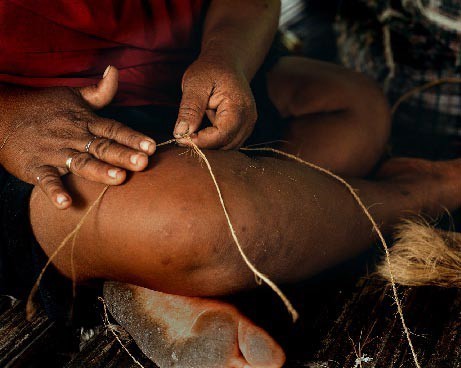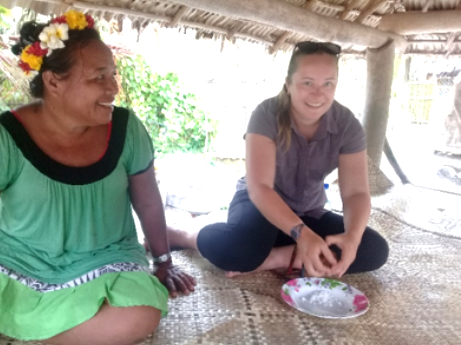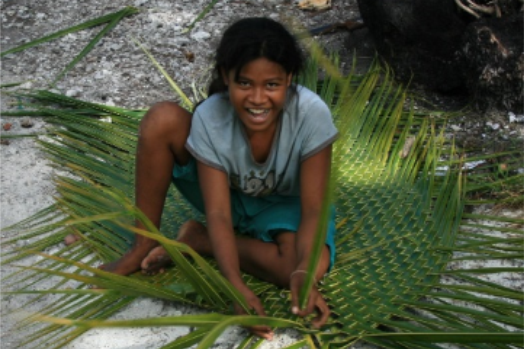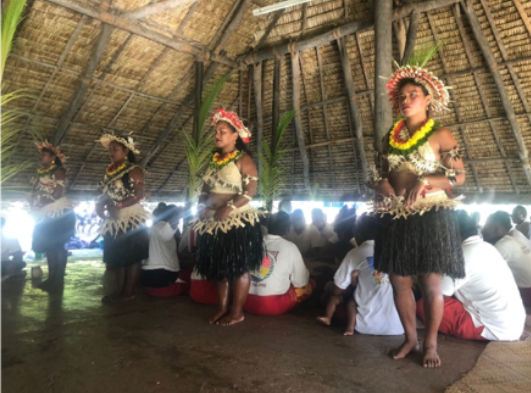Cultural Experiences in Kiribati
To experience our culture and lifestyle will be a memory you will have for the rest of your life. The culture of Kiribati is complex and diverse, with each island having its own unique ways. Though a living body, many people remain true to the century old traditions and practices that define what it means to be I-Kiribati.
Cultural practices such as community meetings under the maneaba (traditional meeting house) to socialize and feast (a botaki), respect of elderly people, guest hospitality and importance of family remain important facets in the culture of Kiribati.
We warmly welcome visitors in many of our customs and activities, and are proud of our way of life and its celebration. The way of living is very simple and people plan their living for a day only, without worrying about their future, living with the moto “Tomorrow is another day”. Survival revolves around strength, motivation and ambition to live within that particular day. Daily lives revolve around the rise and fall of the tide, dictating fishing conditions and timing and availability of transport. Sustainable is from the coconut and breadfruit trees, and the ocean.
The traditional dances of Kiribati are a unique form of art and expression. The movement of the feet, hands and of course the whole body imitates the movement of the frigate birds while walking and flying. The costumes are made out of local materials. The frigate bird symbolizes many important things in the traditional living context of the I-Kiribati. It provides navigation to fishermen while lost at sea, provides weather information for the people and also gives a sign of peace and harmony.
Visitors can experience I-Kiribati culture in many shapes and forms. However we do recommend the best way is to take the plunge and live on an outer island for a week and to immerse you fully in our daily culture. To plan such a visit we have included a number of suggested itineraries that can help you, as well as a number of fact files on many of Kiribati’s outer islands.




